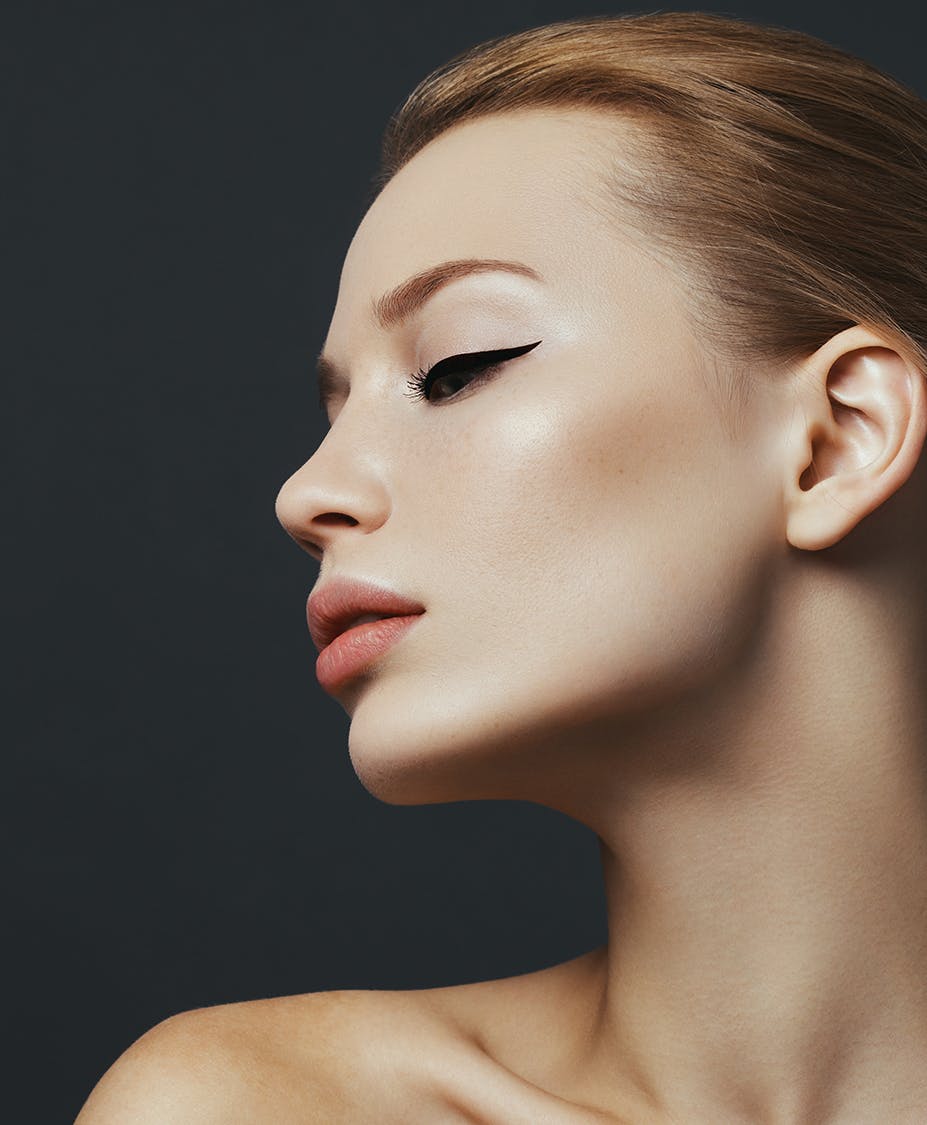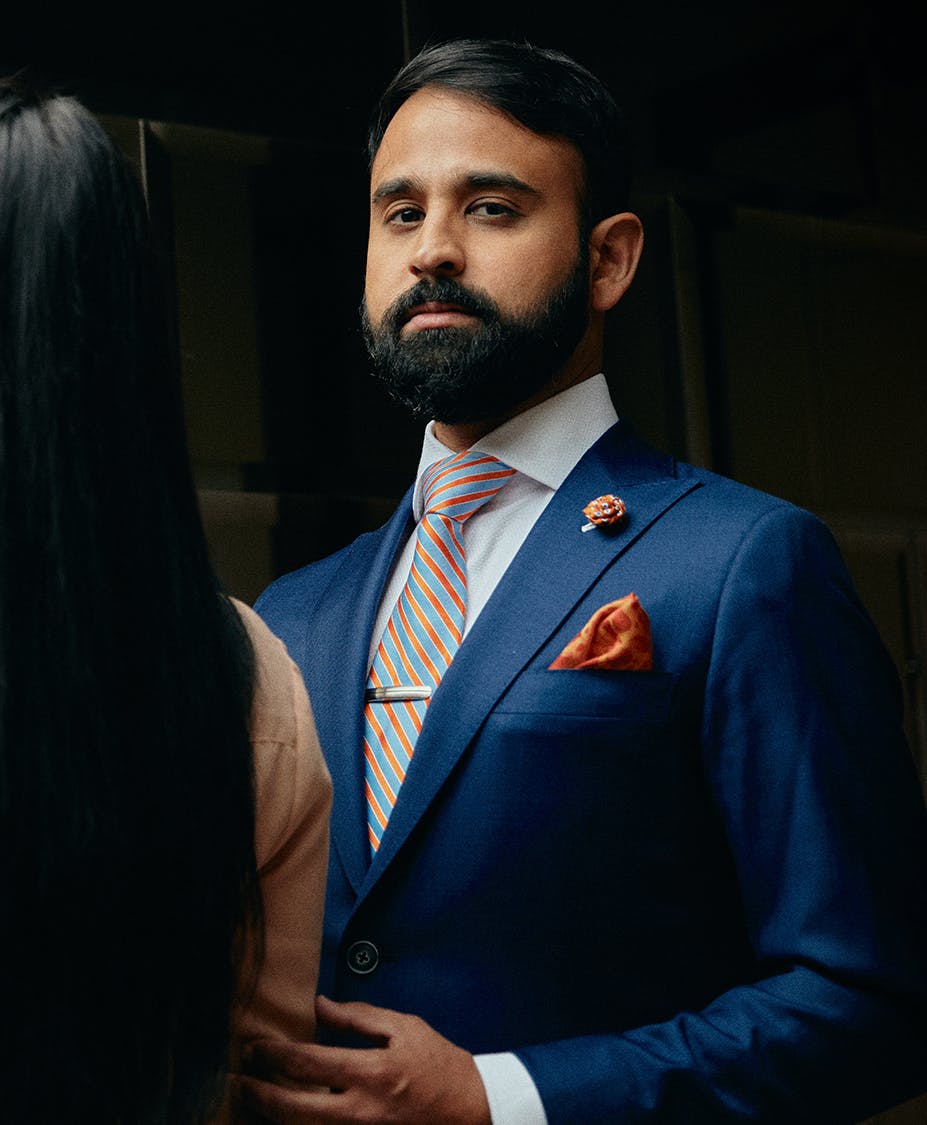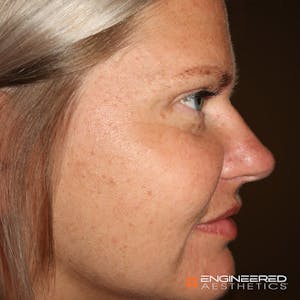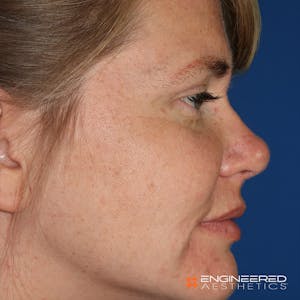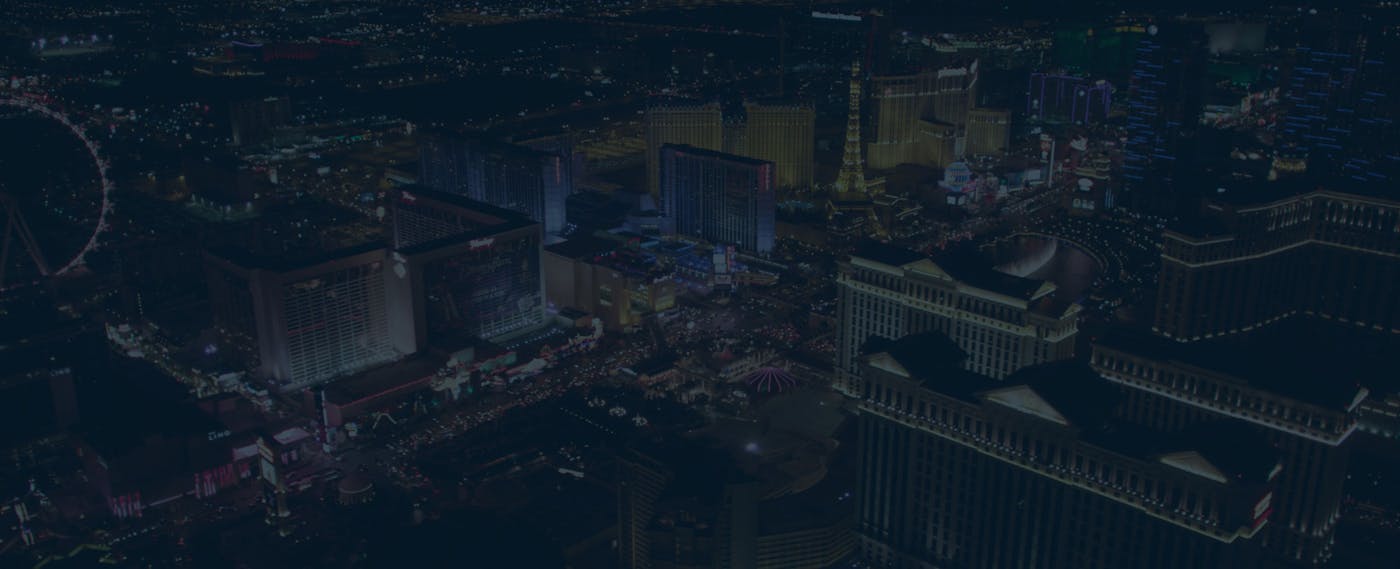People dissatisfied with their noses often suffer from low self-esteem and self-consciousness. A disfigured or dysfunctional nasal shape may also lead to health issues, such as difficulty breathing. Thankfully, these issues can be corrected with a rhinoplasty in Las Vegas from board-certified plastic surgeon Dr. Engineer.
What is rhinoplasty?
Rhinoplasty, commonly known as a nose job, is a surgical procedure that aims to reshape and enhance the appearance of the nose. It can address aesthetic concerns such as size, shape, and symmetry, as well as improve breathing function.

